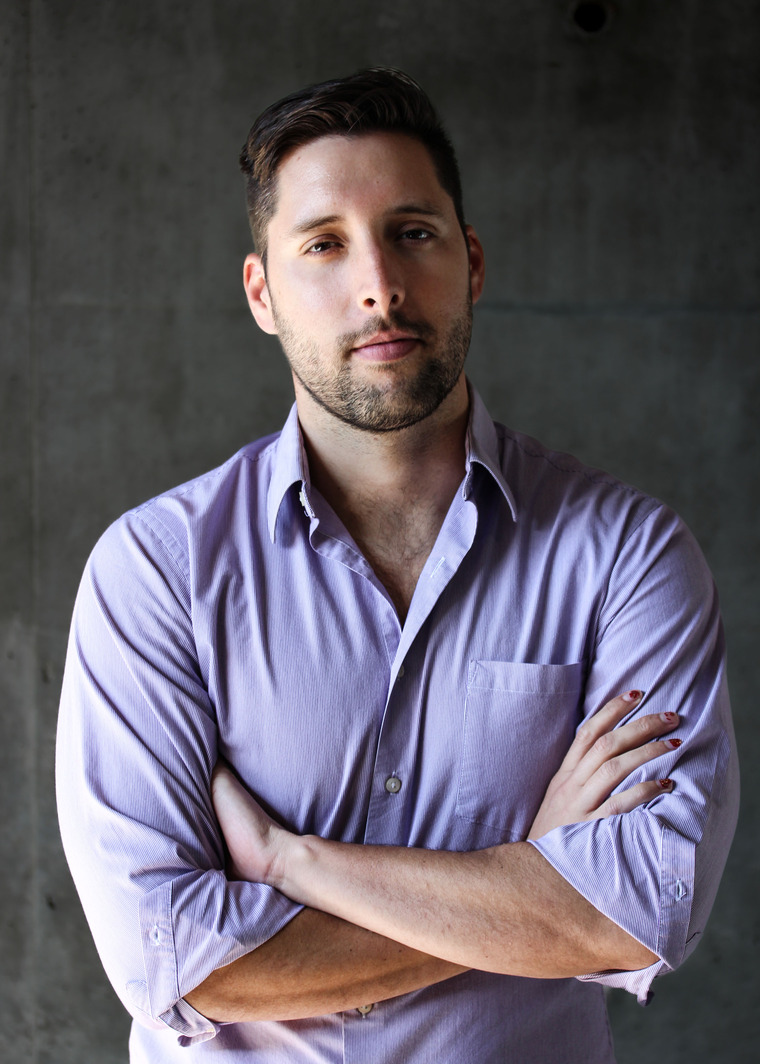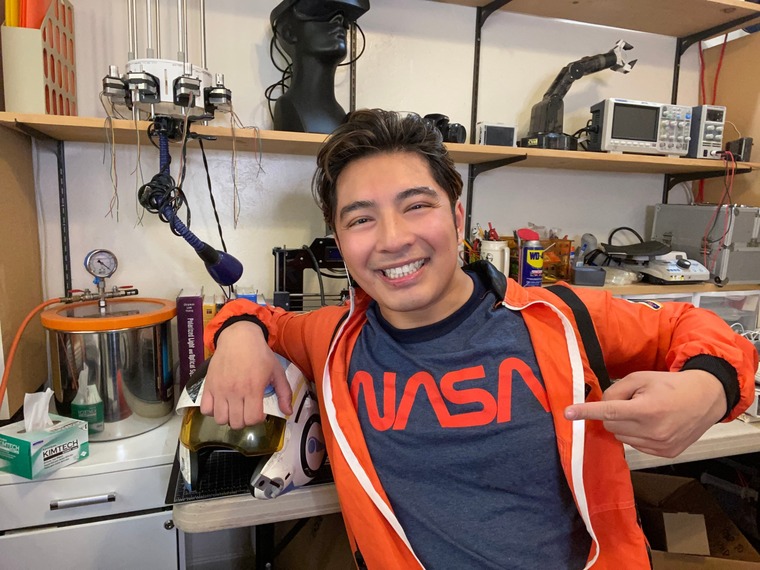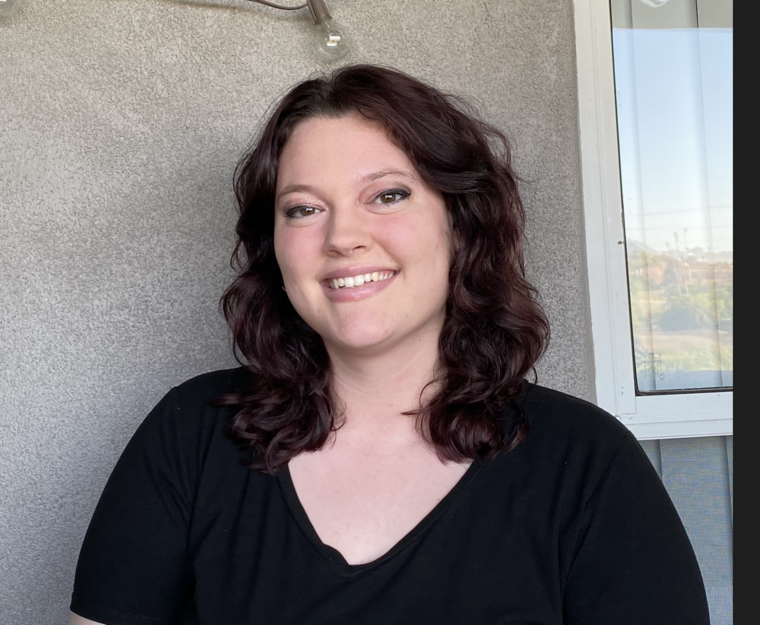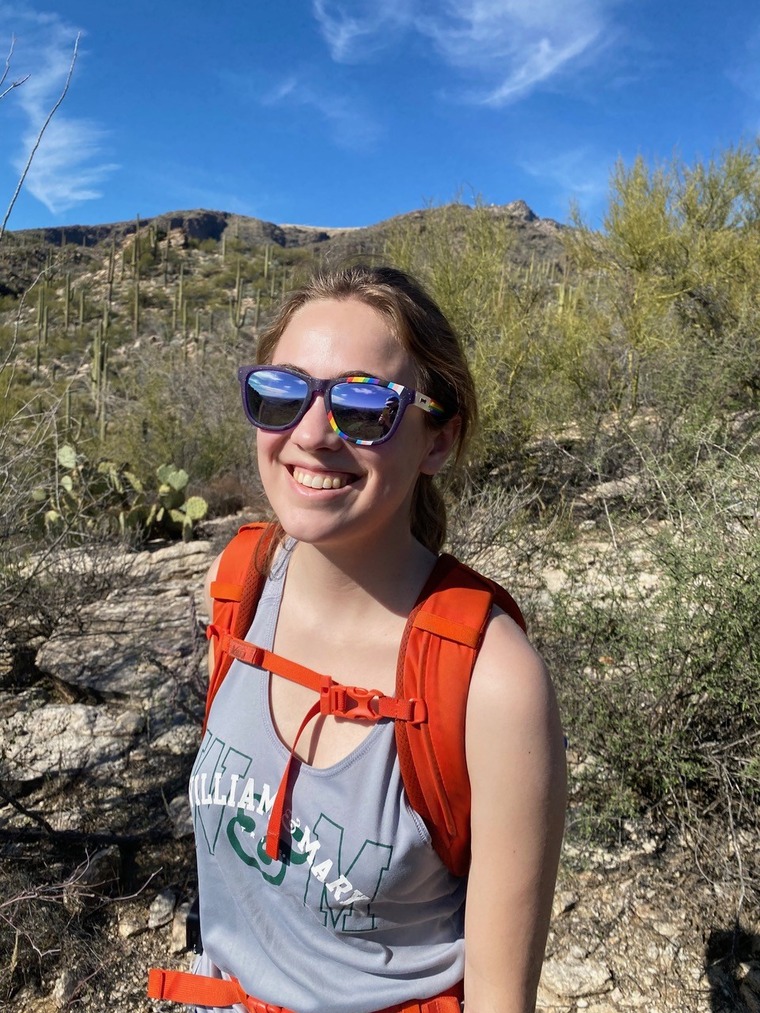Lucas Belury
I am a second-year Ph.D. student in the School of Geography, Development and Environment at the University of Arizona. My research challenges environmental racism by integrating remote sensing for flood detection with the lived experience of marginalized Latinx communities along the US-Mexico border. Utilizing the human-centered design concept of co-production, in which research and community-member are equal contributors of knowledge production, I collaborate with community-based flood justice advocacy organizations in the Rio Grande Valley of South Texas. Through these partnerships my research supports community-based organizations in their ongoing challenge against environmental racism and structural inequality. This research design requires ongoing knowledge exchanges with a diversity of organizations and community-members. In these knowledge exchange sessions, or workshops, I learn a great deal about the individualized experiences of flood vulnerability while sharing the opportunities of remote sensing as a powerful tool for challenging flood injustice. These workshops are a core element of my collaborative ethos, research design, and signal the importance of ongoing science communication and outreach.





